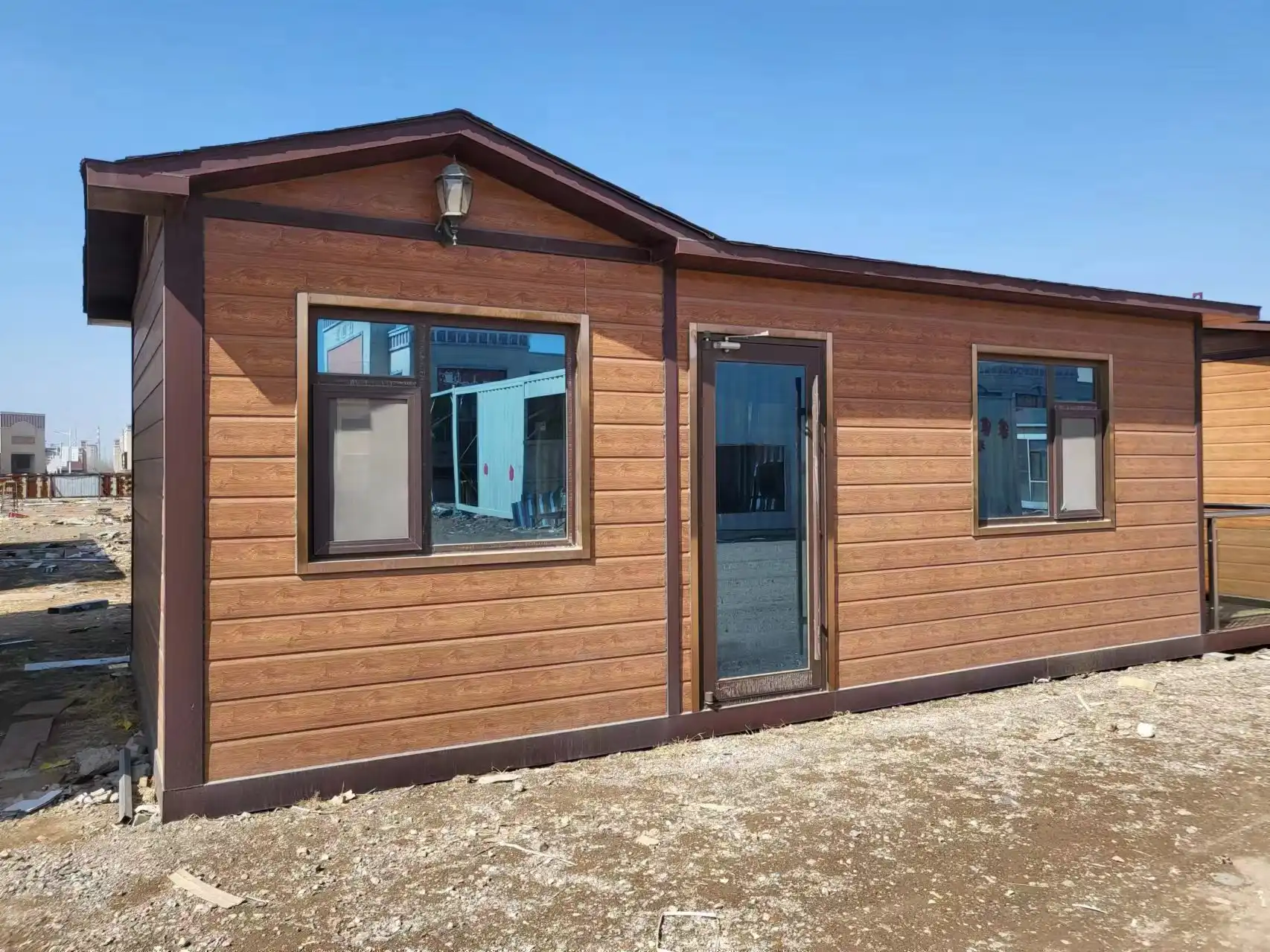Unparalleled Durability and Weather Resistance
A key benefit of architectural metal siding panels lies in their outstanding toughness and ability to handle challenging environmental conditions. Built for longevity, these panels effectively guard against severe weather, rust, and everyday wear and tear.
Long-Lasting Protection Against the Elements
Architectural metal siding panels are built to handle tough weather—from heavy rain and snow to hail and strong sun. Thanks to their sturdy build and protective finishes, they resist moisture, helping to avoid problems like warping, rotting, or swelling that often affect traditional siding. This durability helps buildings stay both strong and attractive over time, cutting down on maintenance and replacement needs.
Corrosion-Resistant Properties
Metal siding panels offer strong protection against corrosion, making them a smart choice for coastal regions and industrial settings where salt, chemicals, or airborne pollutants are present. Metals like aluminum, stainless steel, and specially coated steel are known for standing up well to rust and corrosion, helping the panels retain their strength and appearance even in tough conditions. Their resilience means less frequent upkeep and a longer service life, which can translate into notable cost savings over time.
Impact and Damage Resistance
Architectural metal siding panels are inherently strong and can withstand impacts from debris, hail, or other physical forces without denting or cracking. This resilience is particularly beneficial in areas prone to severe weather events or in high-traffic zones where accidental impacts may occur. Because these panels hold up well in tough conditions, the building's exterior stays both attractive and sturdy, cutting down on the need for regular repairs or early replacements.
Energy Efficiency and Thermal Performance
Architectural metal siding panels can significantly improve a building's energy efficiency and help regulate indoor temperatures more effectively. By incorporating advanced insulation technologies and reflective properties, these panels contribute to significant energy savings and improved indoor comfort.
Superior Insulation Capabilities
Many architectural metal siding panels include built-in insulation layers like polyurethane, polystyrene, rock wool, or glass wool. These materials are great at resisting heat flow, which helps limit the transfer of heat between the inside and outside of a building. Thanks to their insulation, the panels help keep indoor temperatures steady, easing the demand on heating and cooling systems and ultimately lowering energy use and costs.
Reflective Surface Properties
Metal siding panels, particularly those with light-colored or specially coated surfaces, have excellent reflective properties. This characteristic helps to reflect a significant portion of solar radiation, reducing heat absorption and minimizing the urban heat island effect. By keeping the building's exterior cooler, these panels contribute to a more comfortable indoor environment and reduce the energy required for air conditioning during hot weather.
Thermal Bridging Reduction
Architectural metal siding panels are often designed to reduce thermal bridging—the movement of heat through materials that conduct it within the building's outer shell. By reducing thermal bridging, these panels help maintain a more consistent temperature throughout the structure, eliminating cold spots and improving overall energy efficiency. Improved thermal performance helps save energy, makes indoor spaces more comfortable, and lowers the chance of condensation and its problems.
Aesthetic Versatility and Design Flexibility
Architectural metal siding panels offer unparalleled aesthetic versatility and design flexibility, allowing architects and builders to create visually striking and unique building exteriors. The wide range of material options, finishes, and customization possibilities make these panels an ideal choice for projects that demand both performance and visual appeal.
Diverse Material and Finish Options
Architectural metal siding panels come in a range of materials. Common options include aluminum, steel, stainless steel, and copper. Each material offers distinct aesthetic qualities and performance characteristics, allowing designers to choose the best option for their specific project requirements. Moreover, these panels can undergo different surface treatments. For example, coating, painting, or anodizing can be applied. Such treatments offer a wide range of colors and textures, making them suitable for any architectural style or design idea.
Customizable Sizes and Shapes
Common sizes like 4'x8' and 4'x10' are widely available, but architectural metal siding panels can also be made to order to suit particular project requirements. This ability to customize sizes gives architects the freedom to design unique panel layouts and patterns, helping them achieve standout looks or fit unusual building shapes. Customizing panel sizes and shapes unlocks a variety of design possibilities, from sleek, modern facades to intricate, textured finishes.
Integration with Other Building Elements
Architectural metal siding panels fit well with other building parts like windows, doors, and decorative accents. Their flexibility lets designers mix different materials and textures to craft eye-catching and balanced building exteriors. These panels can be put up horizontally, vertically, or diagonally, opening up even more design options and helping create truly distinctive architectural looks.
Conclusion
Architectural metal siding panels bring together strength, energy savings, and design flexibility, making them a great option for today's building projects. They hold up well against tough weather while offering good insulation and creative design possibilities, which is why more architects, builders, and property owners are choosing them. With the growing focus on sustainable and efficient materials, these panels are set to become an even bigger part of future architectural designs. For more information on how these innovative panels can enhance your next project, please contact us at info@sdqsc.com.